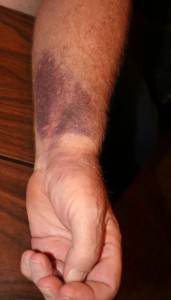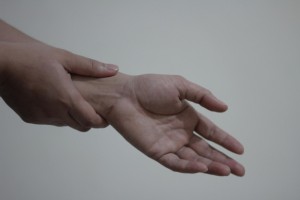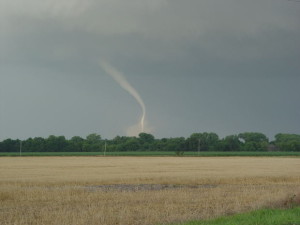A Naples man has filed a product liability lawsuit against the manufacturer of an electronic cigarette (or e-cigarette), which he said he was using normally when it literally exploded in his face. His eyebrows were burned off and flames were sent shooting into his mouth, quickly burning his throat and lungs, he says.
Emergency medical responders had to heavily sedate the 21-year-old so they could keep him breathing, as the burns on his esophagus and lungs were such that there was a serious risk of his airway being closed. As his air passages swelled, his life was in danger. The only reason he didn’t die, according to a lawsuit detailed in the Daily Business Review, is that he was intubated, meaning a machine was breathing for him.
According to the filing, the culprit in the explosion was a lithium battery. Defendant is a California company that is accused of using this volatile component without accounting for its incendiary properties or warning consumers of the potential danger it posed. Continue reading ›
 Florida Injury Lawyer Blog
Florida Injury Lawyer Blog














